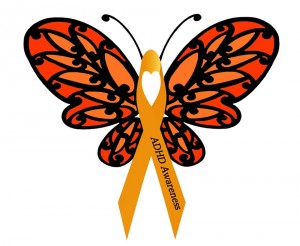
Calling 911
A UK research team finds regional variations even after allowing for factors such as poverty, mother’s age and ethnicity.
Sadly almost 1 in 150 babies born in the UK is stillborn or dies soon after birth. A research team led from the University of Leicester has identified large differences across the UK in the numbers and rates of babies who die, even after taking account of known factors that influence the rate of death such as poverty, mother’s age and ethnicity.
A new report by MBRRACE-UK, has looked behind these figures to try and identify how the situation might be improved. The team has collected data for the 3,286 stillbirths and 1,436 deaths in the first 4 weeks after birth (neonatal deaths) of babies born at 24 weeks of gestation or more resulting from the 781,929 births in the UK and Crown Dependencies in 2013.
Key findings include:-
Pregnancies to women living in areas with the highest levels of poverty in the UK are over 50% more likely to end in stillbirth or neonatal death.
Babies of Black or Black British and Asian or Asian British ethnicity had the highest risk death with rates of 9.8 and 8.8 per 1000 total births respectively.
Professor Elizabeth Draper, Professor of Perinatal and Paediatric Epidemiology at the University of Leicester said: “This report confirms that the UK performs poorly compared to other European countries of similar economic status particularly Sweden and Norway. We recommend that NHS organisations across the UK and the relevant Royal Colleges establish national aspirational targets for stillbirth, neonatal deaths and extended perinatal deaths. This will enable all services to be assessed against this benchmark in the future in order to work towards achieving similar rates to those of the current best performing countries in Europe.”
In identifying what actions should be taken, Professor David Field, Professor of Neonatal Medicine at the University of Leicester and Consultant Neonatologist at Leicester’s Hospitals, stated: “Those parts of the UK shown to have the highest number of baby deaths will need to carry out thorough reviews to try and identify factors that may account for their high rates particularly those that may be amenable to intervention in the short term.”




